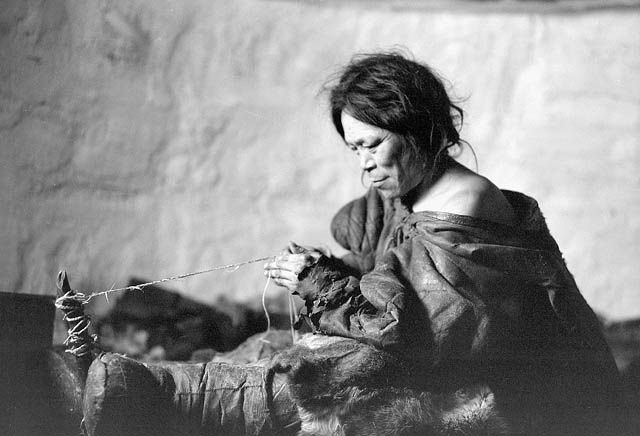Article
Asthma
Asthma is a chronic inflammatory disease of the lungs that is marked by recurring episodes of airway obstruction. It is one of the most prevalent chronic conditions affecting Canadians. Asthma often begins in childhood, but initial onset can occur at any age.














